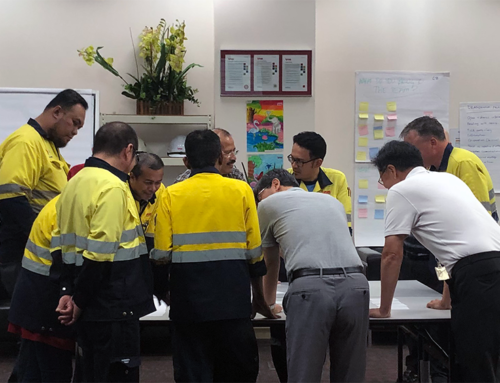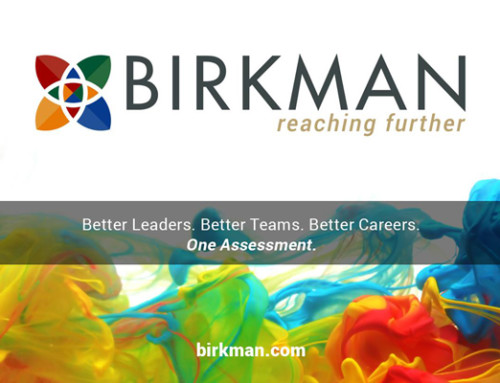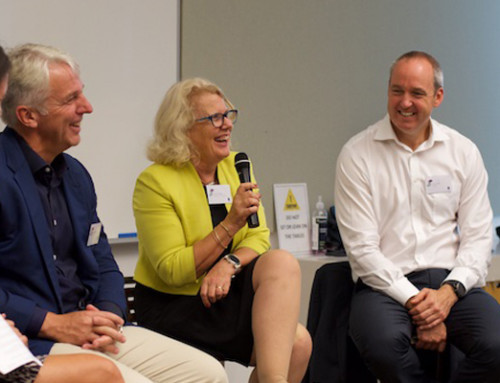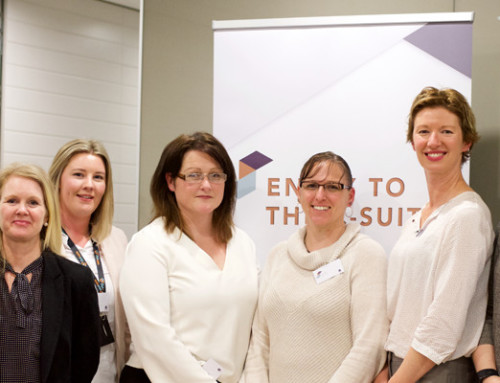Career safari: a new route to the C-Suite
Written by Jessica Sier, originally published on the Australian Financial Review.
Executives are increasingly swapping the “career ladder” for a “career safari” model to round out their skills, stay relevant or avoid boredom.
This week there was a major shake-up of senior management at mining giant BHP Billiton, where productivity and marketing aficionado Mike Henry was instructed to run BHP’s enormous coal business – operational experience his CV was lacking. And current coal boss Dean Dalla Valle has been handed Henry’s previous portfolio of marketing, health, safety and productivity, in a bid to round out his skills in the global mining company.
BHP’s vice-president of talent, Suzan McDaniel, says diversifying employees’ experiences, perspectives and roles allows the company to fully leverage their capabilities over time.
“It’s a real chess game, planning out moves for our employees on a multiple-year horizon,” McDaniel says. “We get a real sense of where an employee wants to go in their career, and then we can ensure they continue to grow and develop and gain good functional depth.”
ANZ Banking Group is another organisation that has been encouraging people to move sideways as part of its succession management and because there are fewer spots at the top. “Organisations are flatter than they used to be,” says Suzette Corr, ANZ’s senior human resources executive. “There isn’t the normal career ladder that you can go up and up and up.”
Young workers open to change
Some employees see moving sideways as simply delaying their career trajectory, but human resources experts argue it can pay off.
Australian Human Resources Institute chairman Peter Wilson says “the key ingredients for advancing your career are how you manage risk ambiguity and uncertainty. The more places in an organisation that you’ve shown those capabilities, the better for your career, because you’re already known there.”
Encouraging staff to go on career safaris also allows employers to hang on to their talent. Wilson points out the turnover of people leaving one organisation for another is 15 per cent to 16 per cent a year, whereas people changing roles internally is another 25 per cent.
While baby-boomers have traditionally been averse to change, younger generations have been seen to flit between jobs every two to three years.
“That’s quite normal,” Wilson says. “More recent generations are a lot more open to change and moving around and that’s what employers are increasingly looking for.”
Early conversation crucial
The conversation about future progression needs to start early, McDaniel says. By managing development from the beginning, firms can eliminate the chances of an employee being dissatisfied with their new role or being surprised by a sudden change.
“It’s not often a shock,” McDaniel says. “In most cases, it’s a very proactively planned conversation and process.”
The conversation needs to start between manager and employee early, with the employee outlining their career aspirations and the manager identifying what the pivotal experiences someone would need to be successful in that elevated role. Then the company sets concrete plans to build those pivotal experiences, but that doesn’t necessarily mean hitting vertical targets.
Rather than a ladder, ANZ uses a “lattice” model where people can focus on specialisation as well as breadth. The bank also has a program committed to accelerating the banking experience of women. One employee decided she wanted to make the change from the legal team to frontline banking. An 18-month program was established, with a six-month credit intensive, which would usually take several years to develop proper capabilities.
After completing the program, the employee was given an executive role in the business bank and was fast-tracked there, before working in the consumer cards department to receive exposure in product.
“Within an 18-month period, we were able to take someone who’d spent her life as a lawyer and turned her into – not just a banker; she’s running a new segment of our business,” Corr says.
“We’ve found that by giving people these lateral opportunities, they find new and innovative ways to look at things that aren’t the traditional ways of doing things.”
Read the original article on the Australian Financial Review website here.
Image sourced from original article.






